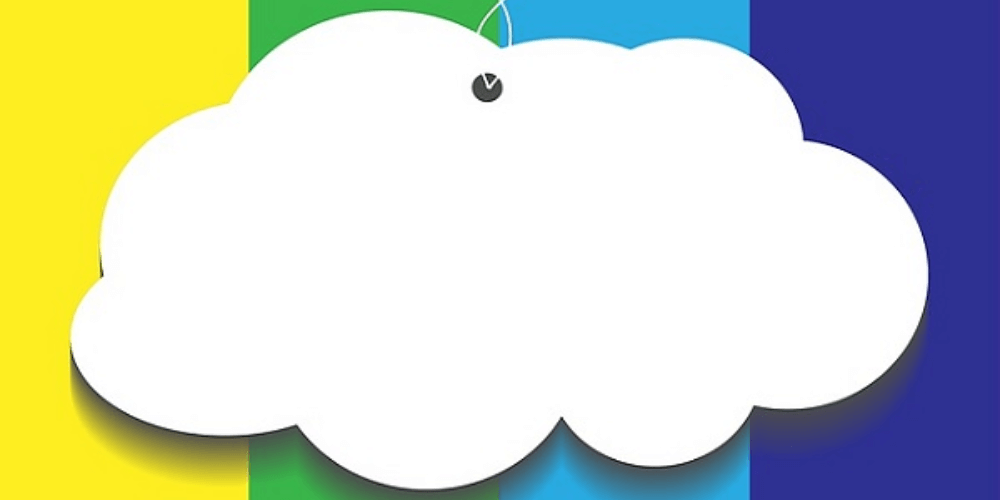How Does the Future Look for Subscription Businesses?
The end of ownership is becoming increasingly plausible as the consumption of subscriptions accelerates.
Some thought that subscription fatigue would set in, but on the contrary.
According to a survey conducted by eMarketer, 34% of Americans say they’ll probably sign up to more subscription services over the next two years.
The average American has three currently.
The way we are consuming is turning traditional business on its head, and it’s not just happening across the business-to-consumer (B2C) market, but across business-to-business (B2B) as well.
Consumers are choosing access and usage of a product over ownership.
In other words, people want to use a product, not necessarily own it.
And companies globally are racing to create subscriptions to meet these needs, accessed online and powered by software, data and analytics.
This is a race worth competing in suggests a recent report by Manifesto Growth Architects who found that 70% of the 504 senior business leaders they surveyed believed that subscription revenue is critical to future commercial growth. The consulting firm also found that only 7% of brands are currently generating significant revenue this way, leaving the door of opportunity wide open for businesses considering getting a head start by adopting subscriptions as part (or whole) of their business model.
To get an overall picture of the current subscription trend, here’s a look at how subscriptions are currently being rolled out, together with forecasts for the future of this business model.
Big Players are Concentrated on Refining the Subscription Experience
In the most competitive markets, the customer’s subscription experience will be an important differentiator going forward. There isn’t really a prescribed formula that determines what this experience should look like exactly. Amazon does it through the broad scope of its services; Netflix through its content and superior technology. Microsoft through the seamless accessibility of its suite of apps and excellent tech support.
Refining the subscription experience does rely heavily on the effective collection, monitoring and use of customer data, which large companies like Netflix, Microsoft and Amazon have in heaps. These companies are able to record individual browsing and scrolling habits, time spent on different pages, likes and dislikes, and so on.
This ability to collect rich data from subscriptions is a driving factor accelerating the adoption of the recurring revenue model. It enables companies to add context to their interactions with customers, to streamline their services, and to identify and branch out into new areas of activity.
More Industries are Converting to the Subscription Model
More industries are making the switch to subscriptions than ever before. The car industry, in particular, is speeding up this transition as it grapples with the rise of what some call the post-ownership era. Volvo, for example, estimates that half of its cars will be diverted to its subscription product line by 2025.
The Internet of Things (IoT) is quickly making inroads too – and across verticals that cover everything from smart homes and manufacturing, to transportation and logistics. Readers may be familiar with connected devices such as the Alexa smart speaker, wearables such as Fitbit, or home products such as the Nest thermostat. “While the consumer’s adoption of fitness bands and connected household appliances might generate more media buzz, the potential for business usage is [actually] much greater,” reports consulting firm McKinsey, who predict that B2B applications will account for nearly 70% of the value that will flow from IoT over the next five years – amounting to nearly US$5 trillion in revenue.
Subscription models are also being launched across healthcare (subscription medicine, for example) and financial services, including what Ernst & Young calls‘ personal financial operating systems’ which offer subscribers integrated tools, intuitive experiences and personalized, proactive financial advice. And of course, leading at the helm is the first adopter of this model – the software industry. Eight in ten historical software vendors, and all new entrants will offer a subscription-based model by 2020, reports Gartner.
Companies Are Relying on Subscription-Based Services to Run Their Core Operations
Companies and organizations are continuing to move away from owning the IT infrastructure and resources they need to run their businesses, instead choosing to only pay for access to resources as and when they’re required.
This transition towards a business environment where anything can be bought ‘as-a-service’ creates a new playbook for business operations. Businesses can focus on developing their core competencies and can outsource other functions to a basket of subscription-based services that can be purchased on-demand. This might include; enterprise application software to run back office processes, or professional services that cover marketing, sales, accounting and customer support.
More Companies are Combining Services Through Partnerships
A growing number of brands are setting up partnerships to deliver lucrative packages/bundles of (usually) complementary services that can be sold on a recurring basis. By bundling products together, these businesses can increase the average order value by getting customers to buy more due to the perceived discount. Companies can also introduce new products to customers by pairing them with best-sellers.
Big brands such as Apple, Amazon and Microsoft have become experts at bundling, and are building fantastically high margin through these recurring revenue streams as a result. Apple most recently launched Apple News+ a subscription service that brings together over 300 leading newspapers and magazines, including Esquire, Wired and the Wall Street Journal for US$10 a month.
“We are beginning to witness a finite series of consumer networks: media, apparel, travel, and health. It’s going to be an arms race, with cheap capital as the munitions, to see what brands and retailers can establish credible/compelling bundles,” explains Scott Galloway, professor of marketing at NYU Stern School of Business.
Is it Actually the End of Ownership?
It’s hard to predict what the business landscape will look like 10 years from now, and to what extent subscriptions will take over. While it might not be the end of ownership, we are looking at the prospect of real change.
In the B2B world, companies will continue to obsess about streamlining and efficiency, making the best use out of limited resources. And this is how usage-based (or, pay-as-you-use) subscription services will probably build momentum. With the advent of autonomous vehicles, mobility as-a-service is likely to take off, cutting out the need for parking and insurance, and even (eventually) transforming transport infrastructure.
All aspects of our day-to-day could change because literally everything can now be sold as-a-service, from subscriptions to Ikea furniture, to the delivery of meal kits and clothes, to the offer of fitness classes or medical and financial advice. You name it — there will be a subscription for it.
Share this
You May Also Like
These Related Stories

How Do I Choose the Best Subscription Pricing Strategy?

What are the Mechanics of a Good Subscription Model?


